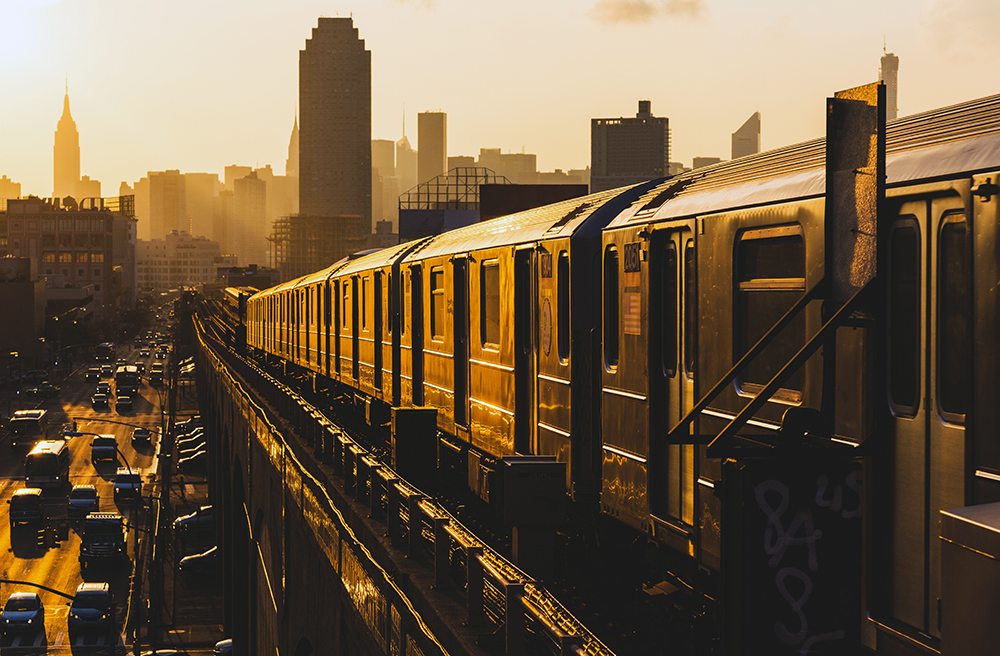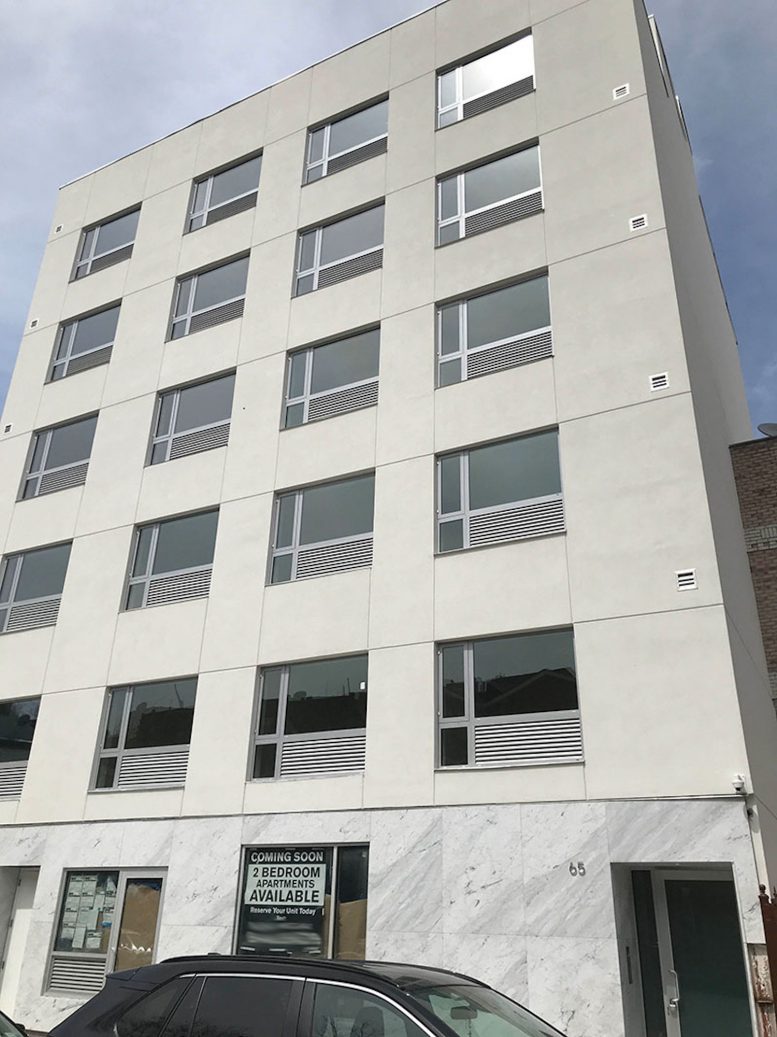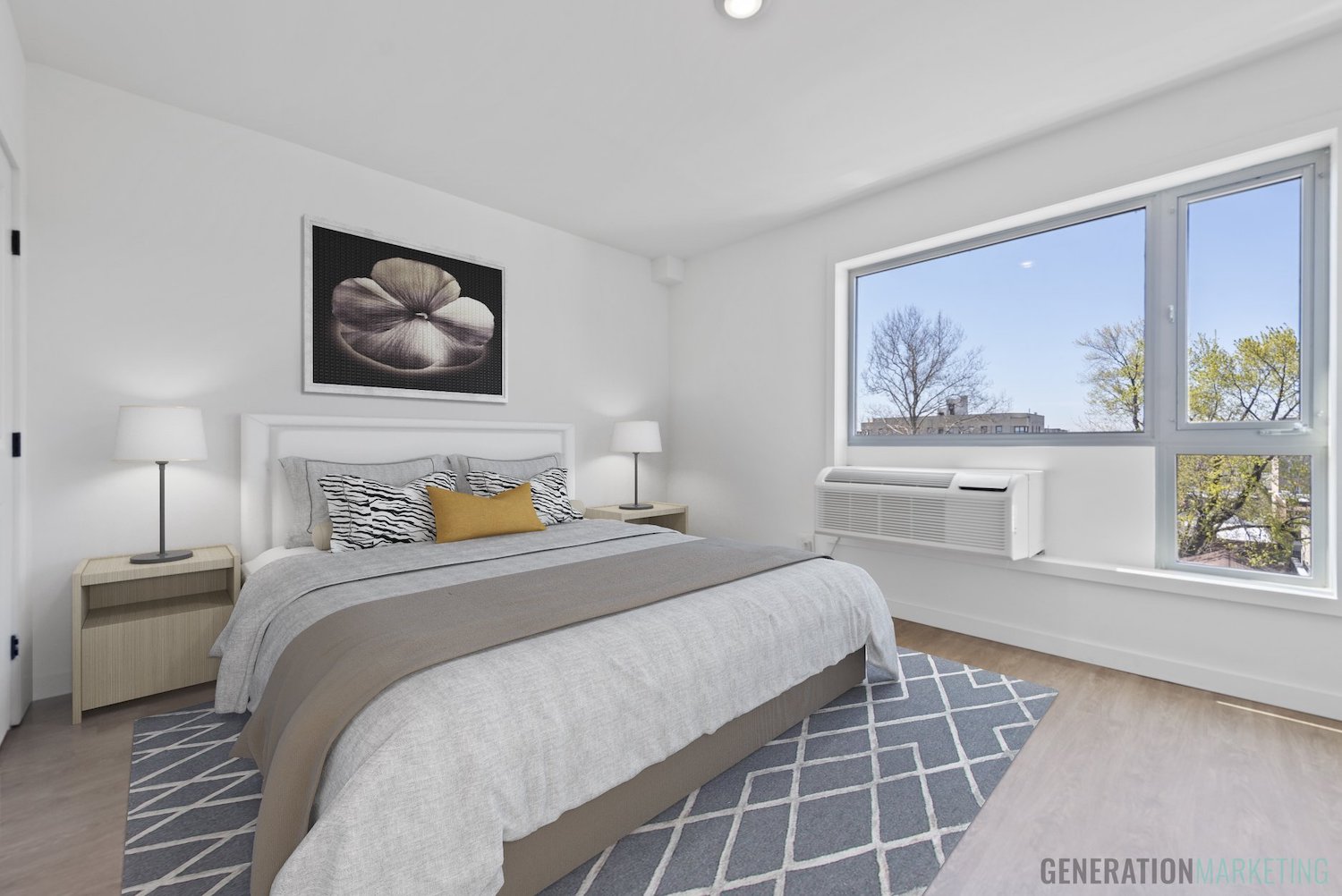Schumer Secured Funding Through The Disaster Supplemental, And Following Commitment Secured From Acting OMB Director, Clears The Way For Stalled Mamaroneck And Sheldrake River Flood Risk Management Project
Schumer Says Protecting The Safety Of Mamaroneck Residents And Property Must Be Top Priority For Feds And Fast Tracks Funding To Get Shovels In The Ground; Project Would Construct Flood Defenses For Westchester Community That Has Been Victim Of Severe Flooding, Lost Lives, & Suffered Hundreds Of Millions In Damages
Schumer: After Yet Another Deadly Flood Year, Mamaroneck Deserves Flood Protection NOW
After visiting Mamaroneck to survey the damage caused by Hurricane Ida and making a direct personal appeal to Office of Management and Budget (OMB) Acting Director Shalanda Young last month to urge the agency to greenlight the Mamaroneck and Sheldrake River Flood Risk Management Project (the Project), U.S. Senate Majority Leader Charles E. Schumer today announced that he has secured $1.5 billion in disaster supplemental aid to fast track Ida-impacted Army Corps of Engineers (USACE) construction projects. Schumer explained this means the Project could receive funding ASAP, bypassing several of the bureaucratic hiccups that have stalled construction for years. The Project has been stalled for the past two years by the Trump administration based on faulty cost-benefit analysis, according to Schumer, despite strong support from the USACE, which would provide the boots on the ground necessary for construction.
“Following the horrible flooding in Mamaroneck last month, which caused millions of dollars in damage, terrorized the community, and claimed the life of one person, I’m proud to deliver funding for Ida-affected communities, and am also pleased about getting the feds to finally greenlight the Mamaroneck and Sheldrake River Flood Risk Management Project,” said Senator Schumer. “The past administration bottled up this vital flood mitigation project in OMB bureaucratic jail based on faulty logic, and I’ve worked day and night for the last month to bust that logjam. The federal government is one step closer to moving forward with the flood-protection Project for Mamaroneck and nearby communities and finally protecting a community that has suffered for decades because of severe flooding.”
“I want to thank U.S. Senate Majority Leader Charles Schumer for recognizing that the residents of Mamaroneck, and the surrounding communities, need serious and immediate infrastructure help to combat the devastating flooding that has been plaguing the area for decades. People have lost it all – time and time again – during Tropical Storm Ida a life was lost – this is beyond a minor water inconvenience of a 100 year storm. Getting the Mamaroneck and Sheldrake River Flood Risk Management Project moving forward is a lifeline that is desperately needed,” said Westchester County Executive George Latimer.
Schumer visited Mamaroneck the day after Hurricane Ida hit the region, where disadvantaged residents living in the USACE project zone reported 14-feet of water flooding the area forcing them to evacuate their homes and seek shelter in the dead of night. There were over 150 water rescues, 535 flooded homes, 1,000 people displaced, and 310 abandoned cars. The Village has reported over $18M in damages and over $75M in residential and commercial damage. Five Westchester residents also tragically lost their lives in the flooding, including one in Mamaroneck bringing the total number of people who have died in Mamaroneck as a result of the persistent flooding to three in the past 25 years.
The Project was first imagined in response to a 2007 Nor’easter storm, which produced record flooding in the Village of Mamaroneck, equivalent to a one percent flood event. Senator Schumer travelled to the area the day after the storm to personally survey the extent of the significant damage. The 2007 event caused over $50 million in damages and impacted over 50 percent of total structures within the study area. The storm resulted in floodwaters peaking on the Mamaroneck River in approximately four hours, and in approximately six hours on the Sheldrake River. As such, the evacuation time for approximately 19,000 residents in the Village of Mamaroneck was severely restricted and created a high-risk situation. Over 40 percent of Mamaroneck residents required evacuation assistance prior to floodwaters peaking, including a large population of children that attended a school located within the epicenter of the severe flooding.
Following this, in March of 2010, a Design Agreement was signed by the Army Corps, NYS Department of Conservation (NYSDEC), and Westchester County for a Preconstruction Engineering and Design study. During this time, severe flooding again occurred during Hurricanes Irene and Lee in 2011. The flooding extended several blocks on both sides of Mamaroneck Avenue. The repeated disasters, including shoreline flooding from Superstorm Sandy in 2012, caused extensive damage and severely impacted the local economy. Following a $4.7 million Schumer-secured study by the Army Corps, the project was recommended by the Chief of Engineers and Schumer successfully fought to authorize this project for construction in the 2018 America’s Water Infrastructure Act. However, in February of 2020 it was discovered that the Trump administration would not move forward with the construction of the project because of the Benefit-Cost Ratio used by OMB, sparking community concern and outrage.
Upon completion, the Project would reduce flood risk for the Mamaroneck and Sheldrake River Basins and protect residents and business owners by constructing retaining walls and a diversion culvert. The project would also enable the deepening and widening of river channels, elevate structures, and remove/replace 2 vehicular bridges that constrict flood flow. The plan is estimated to potentially reduce average annual damages by approximately 87 percent and help reduce the risk of loss of life.







